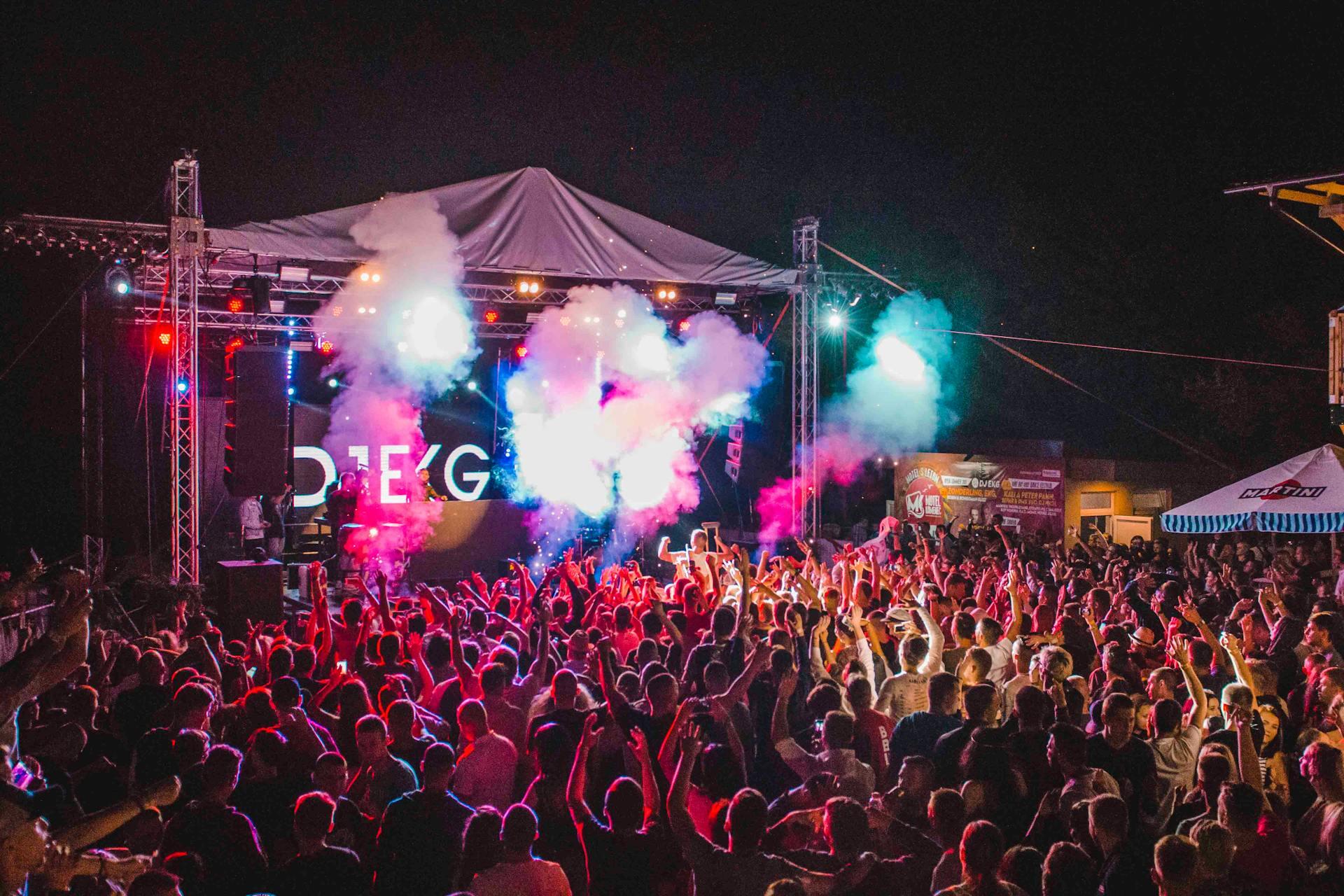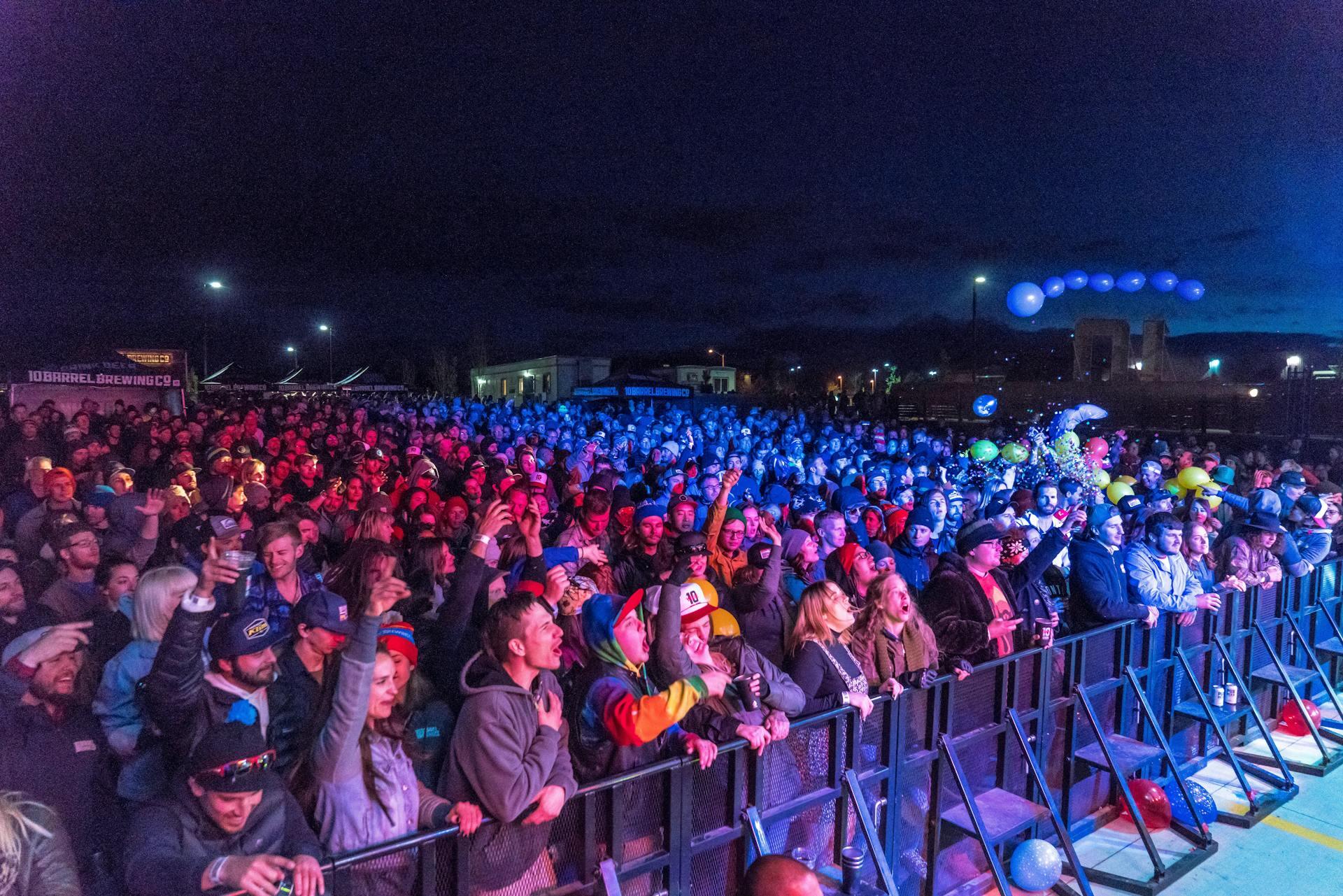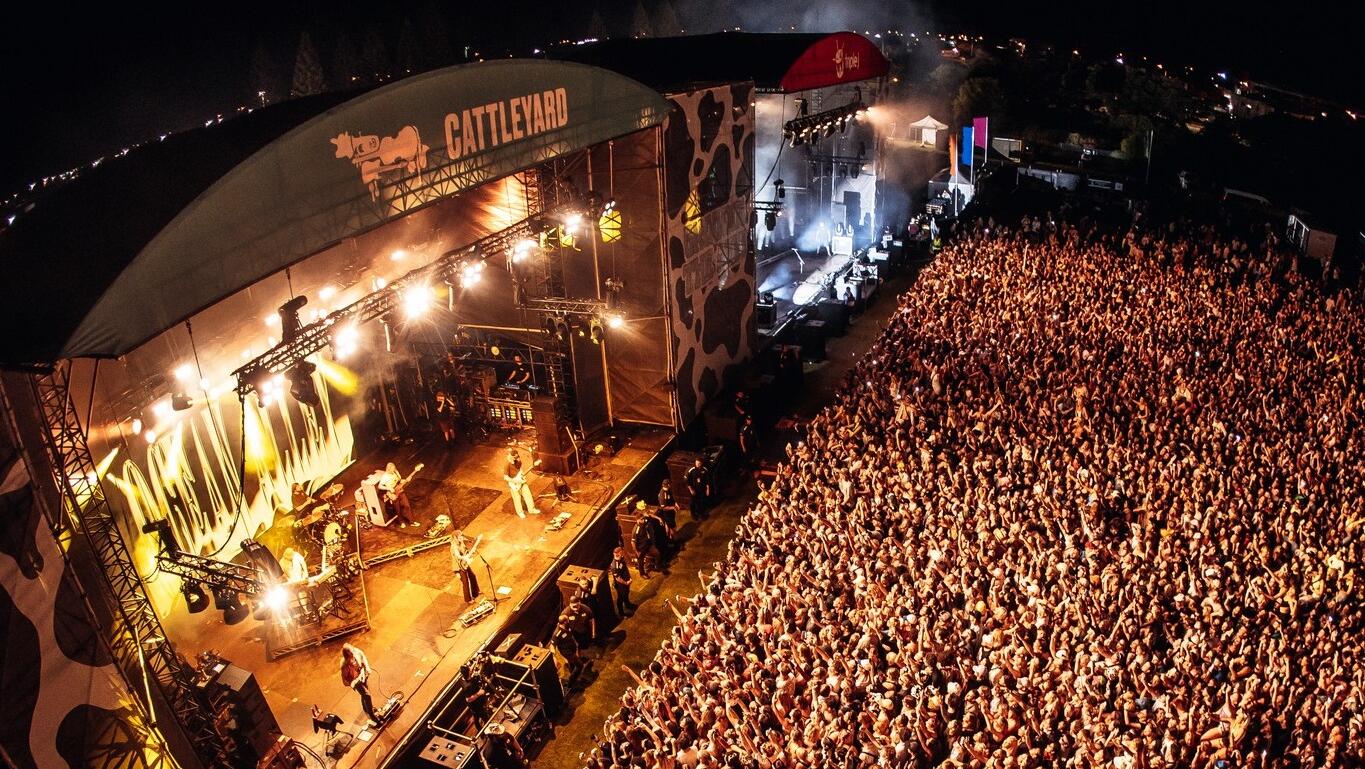It’s been a bleak few years for music festivals worldwide. In Australia, 59% of multi-city music festivals held in 2022 and 2023 were cancelled in 2024 and 2025 — a number that will now include Groovin the Moo and Splendour in the Grass, which were scrapped in recent weeks.
Overseas, the United Kingdom’s Association of Independent Festivals found that 78 music festivals were axed in the country in 2024. One in six U.K. festivals did not survive the pandemic, and average costs increased by more than 30% from 2019 to 2022.
The United States also saw major festivals like Pitchfork Fest cancelled ahead of their 2025 editions. Juggernauts like Burning Man and Coachella saw dramatic declines in ticket sales last year, with Coachella’s dropping by 15%.
Costs have ballooned and consumption habits have shifted, endangering music festivals as we know them. While a range of organisational changes and government policies have been proposed to support the live music industry, the future of festivals is still in flux.
The music festival bubble pops
Fees to book major artists have soared in recent years. Headliners for Pitchfork Fest cost US$12,000-20,000 10 years ago, while now they start at $1 million.
“They can’t offer as much money as they used to. It’s not as enticing for those bands, because they can probably make more money by themselves by doing their own separate tour,” music producer and senior contemporary music lecturer at the University of the Sunshine Coast Lachlan Goold tells Azzet.
Security at a music festival can also be prohibitively expensive, particularly in New South Wales. Organisers for Return to Rio, a New South Wales-based electronic music festival, said police fees would have reached A$110,000 for the cancelled 2024 event.
Live music industry operational costs have increased by 30-40% since 2020, according to a report by Live Performance Australia last year. Insurance premiums have increased up to 10 times.
Fans wait longer to buy tickets than in previous years, Creative Australia found in 2024. Meanwhile, the proportion of tickets that need to be sold in advance to break even has risen.
“One trend is emerging from the cancellation carnage: multi-genre festivals are being hit hard,” wrote former Spotify chief economist Will Page in an op-ed. “Festivals work because we all gather round a main stage late at night and sing the same songs together. If our point of connection isn’t others with pulses (but rather our own unique algorithmic choice) then festivals serve a field of niches that ain’t an easy sell.”
“I think it's a bit of a correction happening,” Goold tells Azzet. “The music festivals have gotten so big, particularly these multi-genre multi-band festivals that go over a few days, and in the current cost of living crisis, they're no longer sustainable.”
Azzet has contacted the Australian Festival Association for comment.

What does the future of festivals look like?
Several of Australia’s genre-specific festivals continue to thrive. Around 30,000 people attended the Sydney edition of metal and punk festival Good Things in December.
“If we are staring at a field of niches, it would stand to reason that artists and festivals with a clear USP will weather the storm,” Page said.
Festivals in smaller cities could be better positioned to thrive due to their compact size and loyal local audiences, according to Womadelaide director Ian Scobie. Womadelaide broke its attendance record in 2023, reaching 110,000 people.
Industry groups have proposed policy solutions like an A$1 levy on major concerts to support Australia’s music scene, with the Live Music Council of Australia recommending the idea to a parliamentary inquiry in October. The U.K.'s Creative Industries Minister encouraged the sector to voluntarily add a similar levy in November.
“I do think the Federal Government does have an opportunity here to help the live music sector, and festivals in particular,” says Goold.
The Australian government included A$8.6 million to support the live music industry in its 2024-2025 budget. Audience spending on live music in the U.K., meanwhile, reached a new record of UK£6.1 billion in 2023.
Promoters could also implement rules requiring international artists in Australia to feature local acts on the same stage. The Association of Artist Managers called on promoters to implement this last year. Known as Michael’s Rule, it was commonly used in the early 2000s, but has since declined.
In California, electronic music festivals Northern Nights and Dirtybird Campout said last month that they would combine into one event from 2025 on. “In the time of crazy rising ticket prices and festivals cancelling, we’re like, ‘Why don’t we team up with a partner that already has the same vision?’” said Dirtybird label manager Deron Delgado.
While Groovin the Moo and Splendour in the Grass have both been cancelled for the second year in a row, the festivals’ organisers said they plan to bring these events back in the future.
“The rest of the festival team have still been busy cooking up some awesome new things for music lovers in Australia, but Splendour needs a little more time to recharge and we won’t be back this year,” Splendour in the Grass’ organisers said on Facebook. “Think of it as a breather so we can come back even bigger and better when the time is right.”
Groovin the Moo, meanwhile, has asked its social media followers for artists they’d like to see at its future festivals.
Azzet has contacted Groovin the Moo and Splendour in the Grass for comment.




